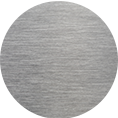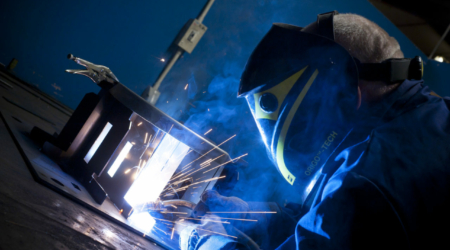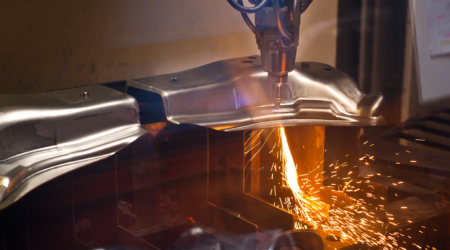Since CAD technology first became commercially available, it revolutionised the practice of creating engineering drawings. Now virtually everything that is manufactured, built or assembled in the engineering and construction industries is made to a CAD drawing or set of drawings.
But what happens if you have a sample or a model of an object, there are no CAD drawings available, but you want to manufacture it? The answer is that you reverse engineer it.
Using the original part to create a CAD drawing
In some industries, designers use materials like clay, foam, plaster or wood from which to shape their concept designs. But the creation of CAD models of such items may not exactly mirror the original.
This is where reverse engineering comes into play. It gets around the problem because the information of dimensions, angles etc. is drawn directly from the original itself. This process is sometimes referred to as “Part-to-CAD.”
The legitimate side of reverse engineering
It doesn’t necessarily mean that reverse engineering is breaking patents though. For example, people have used the concept in the civil engineering industry to study the design of bridges. By breaking the design down into its component parts, they can then replicate and improve on the original, and in doing so, enhance the bridge’s integrity and safety.
Here are some other examples where reverse engineering could be the perfect solution:
• If the original manufacturer has made the product in question obsolete
• Where the engineering information to make the product is insufficient
• When the original manufacturer has gone into liquidation, but there is still a need for the product
• If the original was never drawn
• If the drawing of the original product has been irretrievably lost
• To eradicate any flaws in the original product
• To increase the lifecycle of products that have long-term usage potential
• To carry out research into an existing product’s positive or negative characteristics
• Exploring different ways of improving the features or performance of a product
• As a way of creating competitive benchmarking
• Where the original CAD information doesn’t support cutting-edge engineering methods
• As a way of resourcing products whose sole source manufacturing has become too expensive
• To update antiquated manufacturing methods or substitute obsolete materials
How it works
The process of reverse engineering an object necessitates having access to laser scanners. The first stage of the reverse engineering process is to record the geometry of the object by creating parametric surface patches. A poly-mesh (a 3D model made up of polygons) which defines the overall shape is then created by special reverse engineering software.
The poly-mesh is then cleaned up, and the data is exported to CAD packages where the shape undergoes further analysis and refinement. An engineering cutting path or pattern is then detailed for the CAM program that will be used in the manufacturing of the final shape.
In effect, the reverse engineering process starts with the product to be copied and then follows the design path in an opposite dimension to that of manufacturing from scratch. As it works through the process, the methodology reveals the potential data that was used in forming the original part or object.
Other uses outside manufacturing
Reverse engineering has its uses outside of the manufacturing industry. One of the most fascinating is the study of dinosaurs. In the manufacturing sector, reverse engineering is dependent on cutting-edge laser scanning technology. In the physiological industry, and in our example, the physiology of dinosaurs, the process uses Computerised Tomography (CT).
A CT scan uses a variety of computer-driven X-ray measurements which are taken from a multitude of angles. This then enables the creation of a cross-section of the object being scanned. This process was used to find out much more about the Megalosaurus from a specimen of its jawbone.
The importance of STEM education
In the engineering sector, reverse engineering is being used more and more to create components and improve on original designs. Specialist knowledge and training are required to enable workers to manipulate the process. This is where STEM education plays a significant role.
The initials STEM stand for science, technology, engineering and mathematics. In the past, students studied these disciplines as separate courses in their own rights. The STEM curriculum, however, draws all of these disciplines together and integrates them into one single, cohesive learning program, each dependent on the other.
STEM education enables processes like reverse engineering to prosper. But reverse engineering is only one example of how STEM qualified individuals can contribute to progress not just in manufacturing but in many aspects of 21st-century life on our planet.
Students who gain a degree in STEM disciplines tend to be paid better than students who do not. They go on to practise things like reverse engineering as well as getting involved with other aspects of science such as climate change.
When it comes to reverse engineering in the manufacturing sector, STEM education is key.









